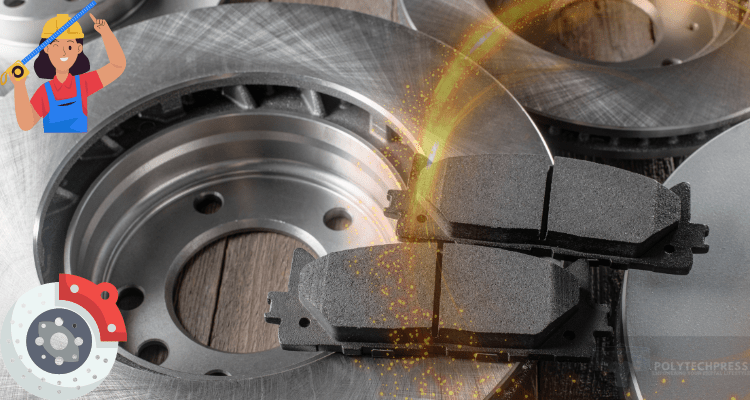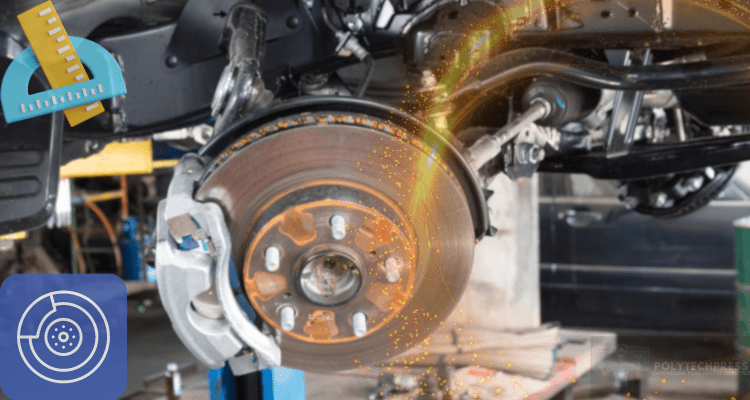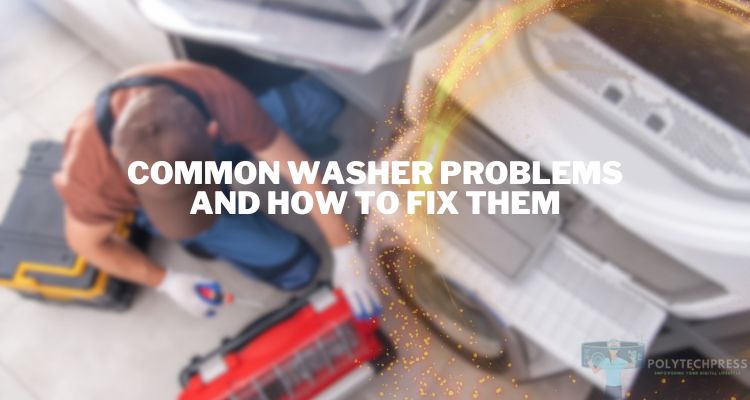What Is the Minimum Thickness for Brake Rotors?
Brake rotors play a key role in a vehicle’s braking system, collaborating with brake pads to decelerate the wheels. Keeping rotor thickness above the minimum specification is crucial for ensuring safe and efficient braking. Thin rotors can lead to compromised braking ability and raise the risk of brake failure. The PorlyTechPress team explores the essential minimum thickness for brake rotors across different vehicle models, methods for assessing rotor thickness, factors leading to rotor wear, OEM guidelines, and tips for rotor upkeep.
Clarification

Brake rotors are metal discs that attach to the wheel hubs and spin along with the wheels. When the brakes are applied, brake pads clamp against the rotor surfaces, creating friction that slows the wheels. Brake rotors come in two main designs:
- Vented rotors – Have internal vanes or holes for air circulation and cooling. Used in disc brakes designed for repeated heavy braking.
- Solid rotors – Do not have internal vanes. Used mainly in lighter vehicles and rear brakes.
Specialized rotors such as drilled, slotted, and cross-drilled are designed for specific uses, yet all types need to meet a minimum thickness for optimal performance. Frequent inspections are key to identifying rotor wear and preventing issues like brake pulsation and reduced effectiveness. It’s essential to replace rotors before they become overly thin to ensure safety.
Importance of Minimum Rotor Thickness
The minimum thickness for a brake rotor refers to the thinnest a rotor can be machined to during resurfacing before it must be replaced. Brake rotors wear down gradually with normal use. If they become too thin, the brakes will not dissipate heat as effectively. This can lead to brake fade, longer stopping distances, and potential brake failure.
Manufacturers and regulatory agencies have established minimum thickness standards that brake rotors must meet. Falling below these specifications greatly increases safety risks and often makes the vehicle illegal to operate. Rotor measurements should be routinely checked, and thin rotors replaced promptly.
Measuring Brake Rotor Thickness

Measuring brake rotor thickness is necessary to determine if they are still within specifications. It requires a micrometer or caliper capable of measuring in thousandths of an inch. The basic process is:
- Clean any rust or debris off the rotor surface.
- Measure at 3-4 places around the rotor surface and record the readings.
- Compare measurements to the manufacturer’s minimum thickness specification.
The rotor should be measured in multiple spots because wear can be uneven.
The lowest reading represents the overall thickness. Safety precautions like wheel chocks, jack stands, and proper lifting techniques should be used.
For those unfamiliar with using precision measurement tools, having a professional mechanic inspect the rotors is recommended. Many garages offer free brake inspections.
Factors Affecting Brake Rotor Wear
It is important to note the factors that contribute to brake rotor wear over time. You should take this information into account in order to calculate the correct time to replace the brake discs.
| Driving style | Regular forceful braking accelerates rotor wear, while adopting a softer braking approach minimizes it. |
| Mileage | Rotors naturally become thinner with increased mileage due to regular use, necessitating more frequent checks on vehicles with high mileage. |
| Environment | Contact with water, salt, and various road chemicals can speed up the corrosion and deterioration process of materials. |
| Brake pads | Inferior pads tend to cause rotors to wear down faster compared to high-quality pads. Moreover, replacing pads at appropriate intervals can extend rotor longevity. |
| Driving conditions | Vehicles engaged in towing, carrying heavy loads, and off-roading undergo increased rotor wear. Additionally, urban driving leads to more wear compared to highway travel. |
Minimum Thickness Standards
The PolyTechPress team gives general recommendations on the minimum thickness of brake discs. But it is worth noting that this data will differ depending on the type of vehicle.
| Car type | Thickness (mm) | Thickness (inches) |
| Passenger cars | 0.9 | 22.9 |
| Light trucks | 1 | 25.4 |
| Heavy-duty trucks | 1.18 | 30 |
If you notice that your performance is approaching critical, then hurry up and order original brake discs. For example, on the website https://www.allrotors.com you can find a suitable option based on the article number or model of your car.
Maintenance Tips for Optimal Rotor Thickness

To ensure brake rotors remain above the minimum thickness specifications, it’s important to regularly inspect rotor thickness as a part of routine brake maintenance. Always replace brake pads before they completely wear down to their metal backing plates and measure rotor thickness during any brake-related service to monitor their current state. Using premium brake pads and rotors can significantly prolong their lifespan.
Stay vigilant for any signs of rotor wear, such as brake pulsation, squealing noises, or an increase in stopping distance. Additionally, maintaining related components like calipers, pads, and hydraulic lines in good condition contributes to the longevity of your rotors. For optimal care, especially when experiencing braking issues, consulting with a professional mechanic you trust is recommended.
Legal and Safety Considerations
In most jurisdictions, vehicles must legally be kept in safe operating condition. Driving with rotors worn below the minimum OEM specifications violates vehicle safety standards and can warrant fines or removal of the vehicle from the road.
More importantly, thin brake rotors endanger vehicle occupants and others on the road. Brakes are the most crucial safety system, and driving without properly functioning brakes greatly increases the risks of a crash occurring. Do not take brake rotor wear lightly.
Conclusion
There are established minimum thickness specifications for brake rotors that must be followed to ensure safe, reliable braking performance. Inspecting and measuring rotor thickness regularly and replacing thin rotors promptly is important for all vehicle types. Consult your vehicle owner’s manual and work with a professional mechanic to keep rotors within specifications. Do not compromise on brake system maintenance and only use quality replacement parts. With proper care, brake rotors can deliver many thousands of miles of safe operation.






